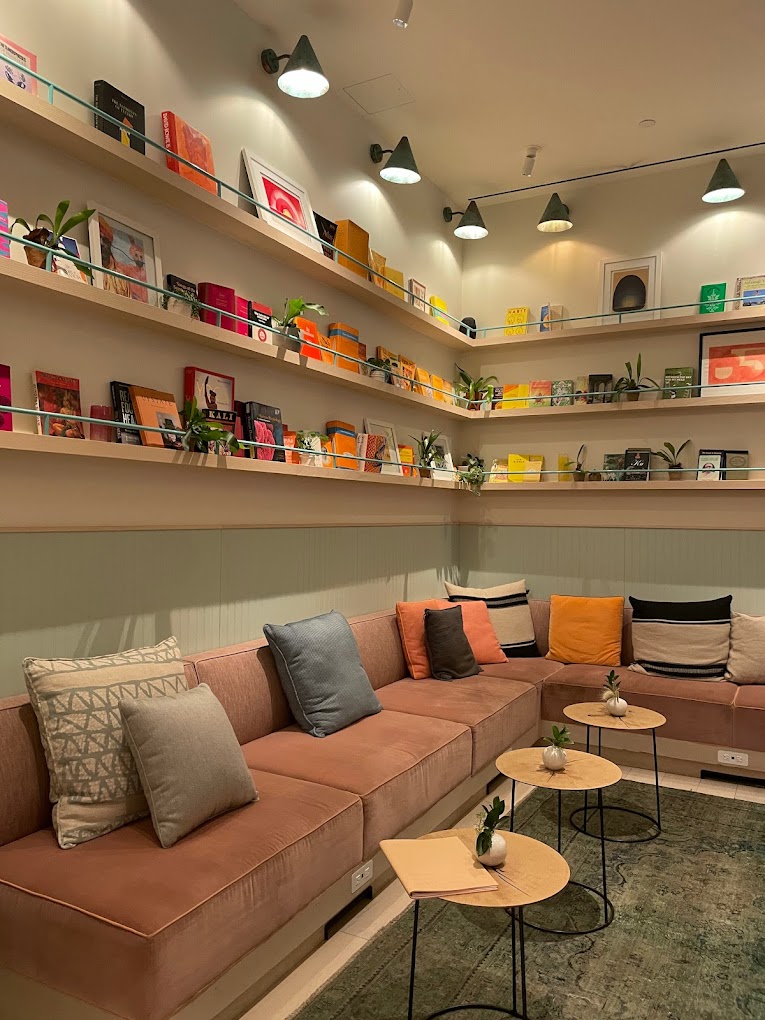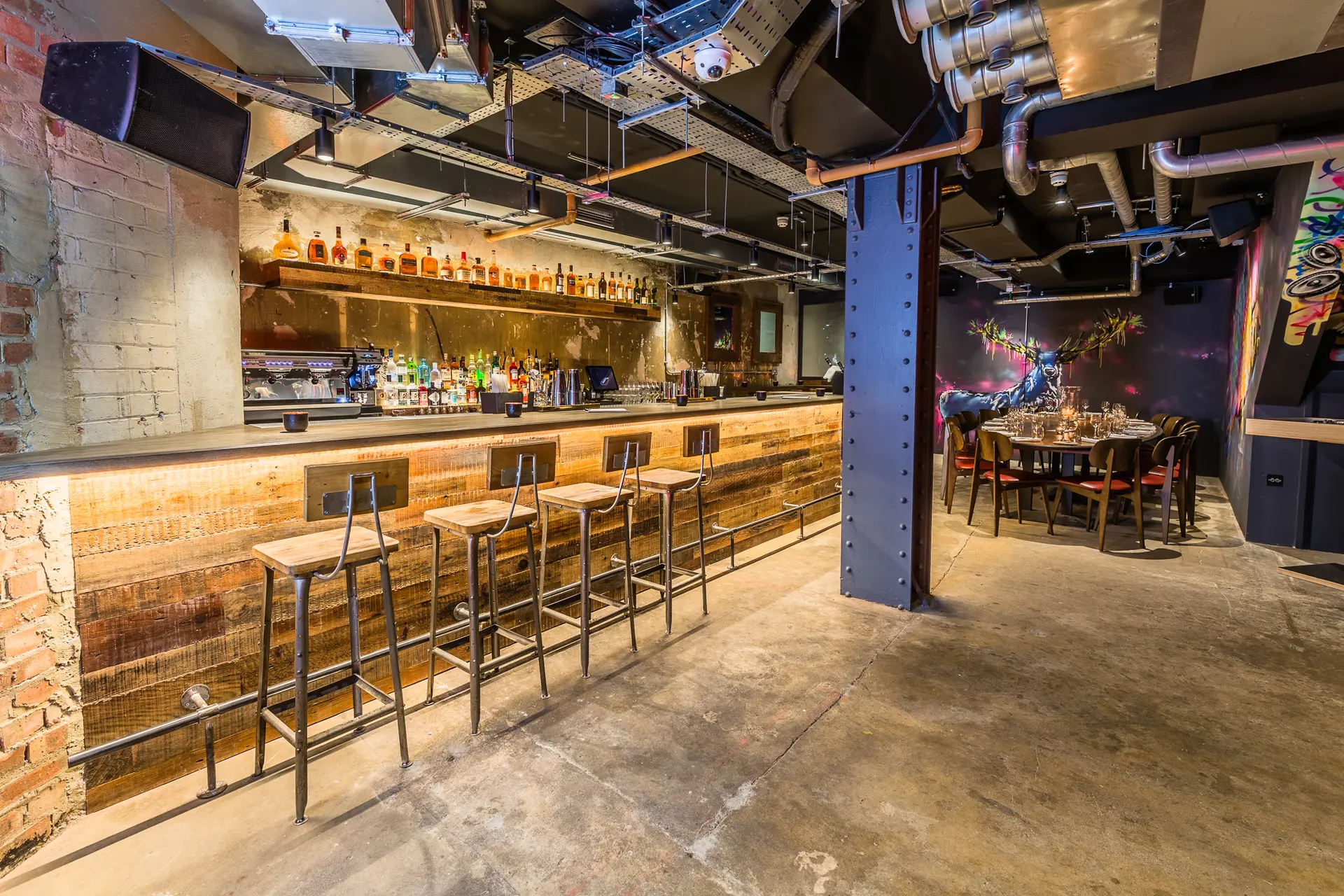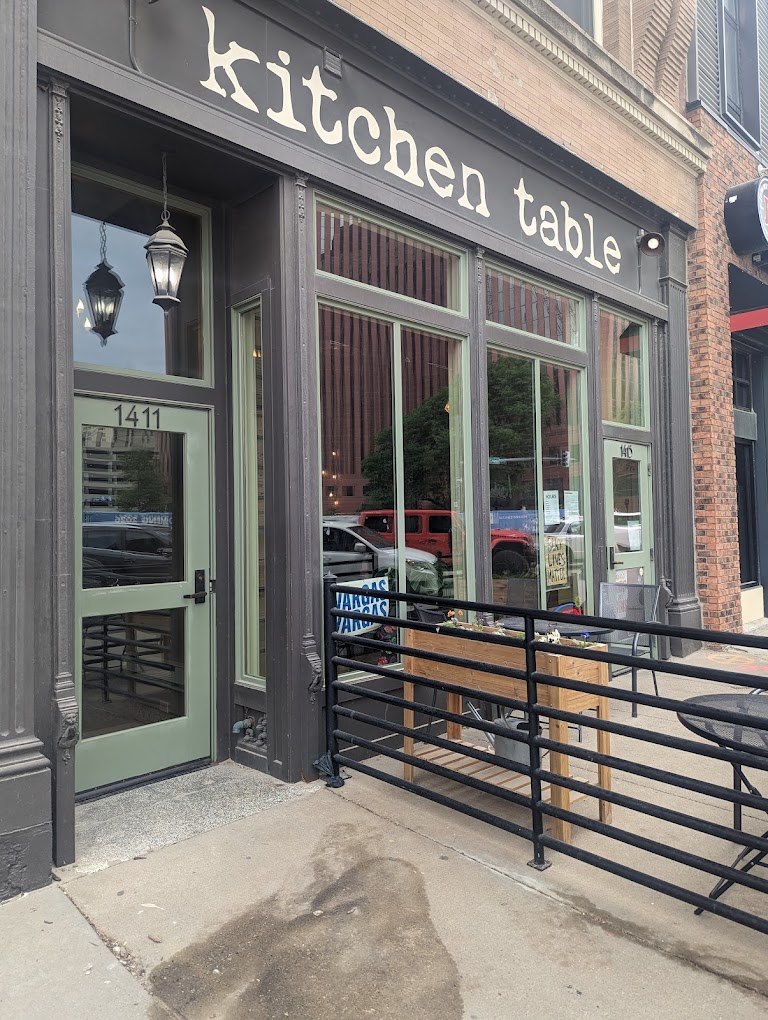Choosing a properly sized rug is one of the most important decisions when selecting a dining table rug. Taking careful measurements of both the table and chairs ensures your new rug will fit the space perfectly.

Measure the Exact Dimensions of the Table
Measuring just the table top alone is not enough. You need to measure the full outer dimensions of the table at its widest point when fully extended if it has leaves.
- Use a steel tape measure and carefully measure the full length and width of the table from outer edge to outer edge.
- For rectangular tables, measure the length and width at the table’s widest settings.
- For oval or round tables, measure the maximum diameter across the center of the table.
- Note down these dimensions accurately. Even a few inches off can ruin the rug proportions.
If the dining table has removable leaves, be sure to insert these leaves and fully expand the table before measuring. This gives the max dimensions for the rug size calculations.
Factor in Chairs When Measuring
The chairs around the dining table affect the proportions of the rug as well.
- Place the chairs around the table in their normal positions, tucked closely under the table.
- Measure the overall length and width of the table with the chairs in place.
- Allow at least 18-24 inches of clearance around the chairs on all sides. This gives each chair enough room to pull out and tuck back in without catching or tripping on the rug edge.
- Add this clearance to the base table measurements. This gives you the total rug dimensions required.
If your chairs have wide or oversized arms or backs, you may want to allow even more clearance around them – up to 30 inches.
Size the Rug Proportionately
Using your exact table and chair measurements, you can now size the rug for proper proportions.
- As a general rule of thumb, the rug should extend 18-24 inches past the dining table edges on all sides. This frames the table nicely.
- For very large dining tables, allow up to 36 inches of overhang for scale.
- For small cafe tables under 36 inches wide, a 12 inch rug overhang is sufficient.
Take the overall dimensions needed and look for a rug about 18-36 inches wider and longer, depending on your table size. This creates a harmonious and tailored look.
Match the Shape of the Table
When sizing your rug, also consider the shape and how it complements the table.
- Rectangular rugs pair well with rectangular dining tables. Make sure the rug aligns parallel with table edges.
- For oval or round pedestal tables, a rectangular or oval rug oriented properly under the table defines the edges and overhead space visually.
- A round rug underneath a square table softens straight lines and angularity for a relaxed feel.
- Square rugs can work well with round tables when sizing proportions match up.
Types of Rugs to Consider
The construction and thickness of the rug also impacts how well it fits under a dining table visually and functionally.
- Flatwoven reversible rugs like dhurries work well as they have no pile to obstruct chairs.
- Braided, rag, or oval rugs also hug the floor tightly for easy mobility.
- Low pile wool rugs add softness with minimal lift.
- For patterned rugs, make sure the scale complements the proportions of the space.
- Prioritize rug materials and weaves that resist staining and are durable.
- Test that chair legs slide smoothly across rug samples before purchasing to ensure a flat profile.
An indoor/outdoor or synthetic rug can be a smart choice for dining areas prone to spills and mess.
Measure Twice for a Tailored Custom Fit
With dining tables, getting the exact measurements right is crucial for both visual appeal and functionality. A too-small rug will look out of sync with the furnishings. An oversized rug can make the room feel crowded.
Always measure twice for accuracy. Follow the tips above to select a dining rug with perfect proportions!











